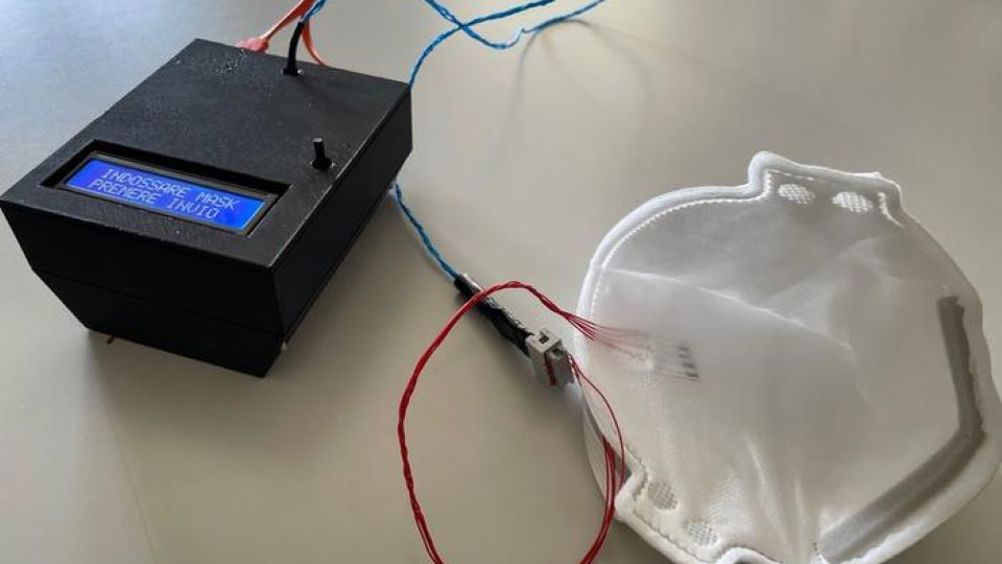Face mask sensor detects chronic kidney disease
Researchers at the University of Rome Tor Vergata have modified a surgical mask with a sensor that can accurately detect chronic kidney disease.

The team has incorporated a specialised breath sensor within the fabric of a face mask to detect metabolites associated with the disease. In initial tests, the sensor correctly identified people with the condition most of the time. Their research is detailed in ACS Sensors.
Kidneys remove waste products made by the body’s metabolic processes, but in the case of chronic kidney disease (CKD), these organs have become damaged and lose function over time, which can have wide-ranging implications on a person’s health.
According to Kidney Care UK, an estimated 7.2 million people are living with chronic kidney disease (CKD) in Britain. This includes those with CKD stages 1-5, with about 3.25 million in the later stages (stages 3-5). Additionally, over 70,000 people in the UK are currently being treated for kidney failure, which is stage 5 CKD.
Currently, medical professionals diagnose the condition by measuring metabolites in blood or urine.
Now, chemical breath sensors are being considrered because people with CKD exhale elevated levels of ammonia. However, ammonia is also associated with other health conditions such as liver disease and certain congenital conditions. Consequently, Corrado Di Natale and colleagues wanted to create a specific sensor that simultaneously detects ammonia and other CKD-related metabolites.
Register now to continue reading
Thanks for visiting The Engineer. You’ve now reached your monthly limit of news stories. Register for free to unlock unlimited access to all of our news coverage, as well as premium content including opinion, in-depth features and special reports.
Benefits of registering
-
In-depth insights and coverage of key emerging trends
-
Unrestricted access to special reports throughout the year
-
Daily technology news delivered straight to your inbox










Pipebots Transforming Water Pipe Leak Detection and Repair
Fantastic application.